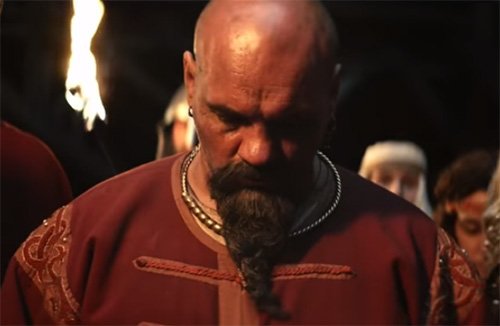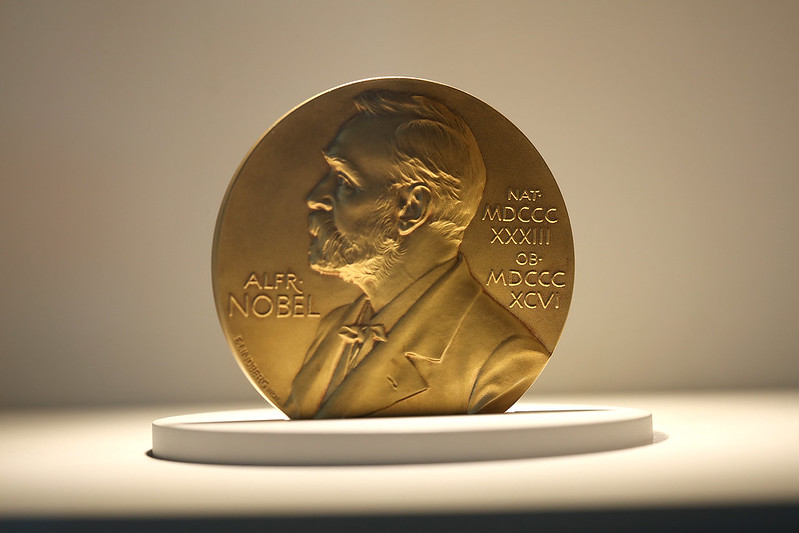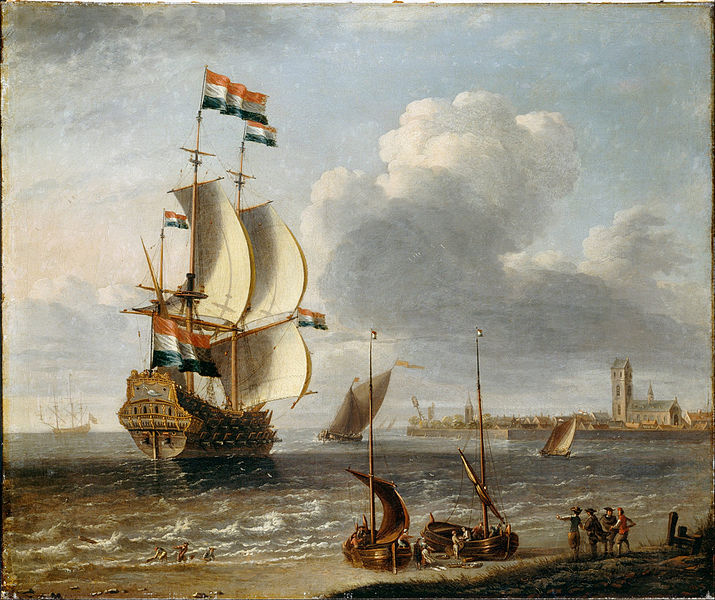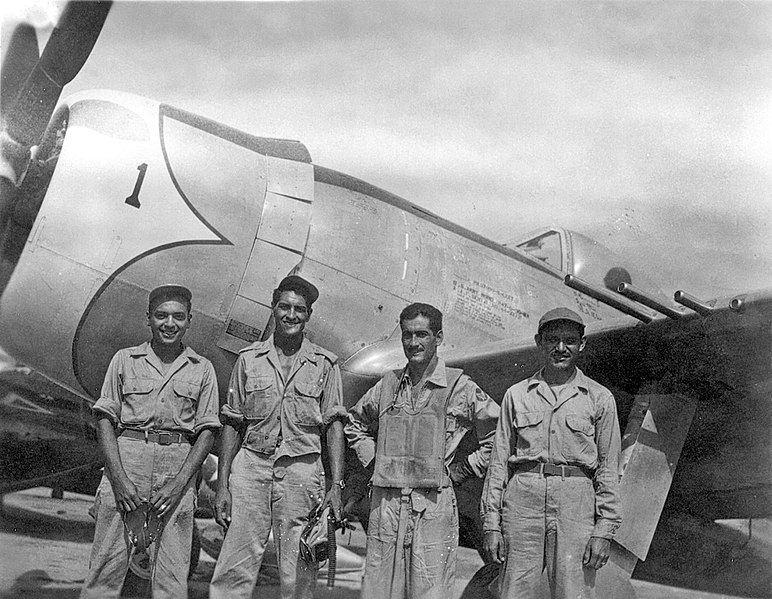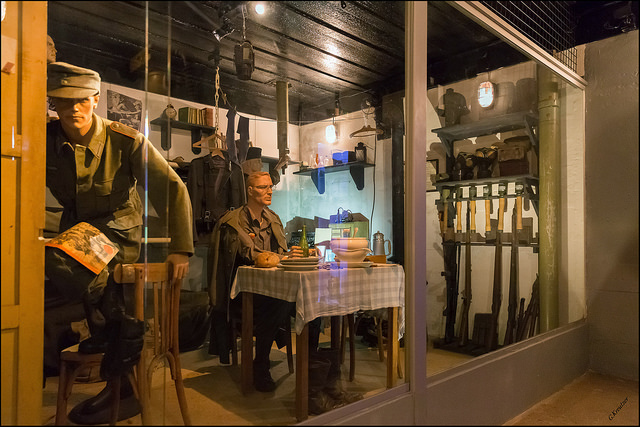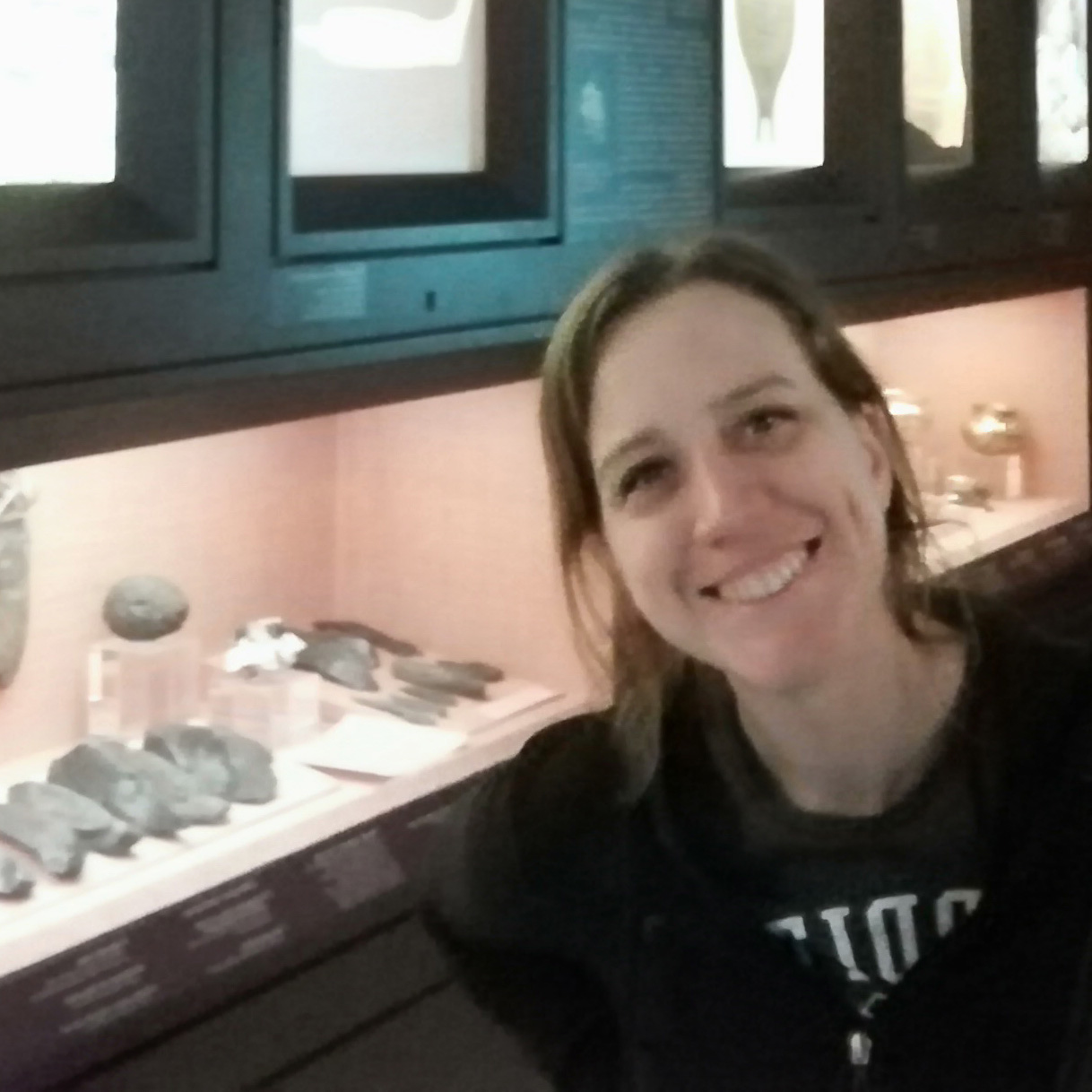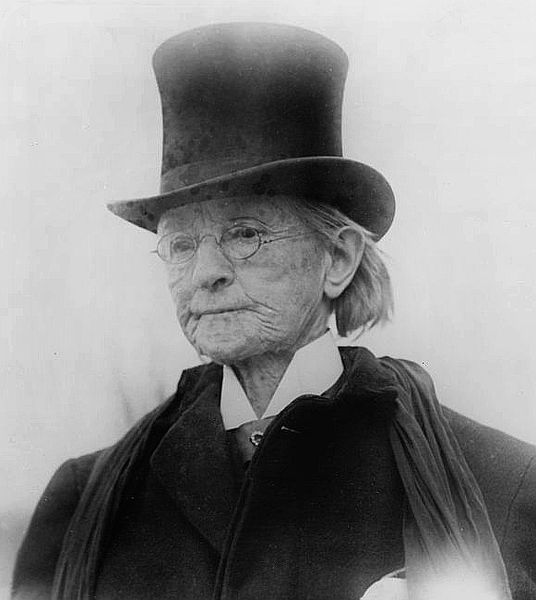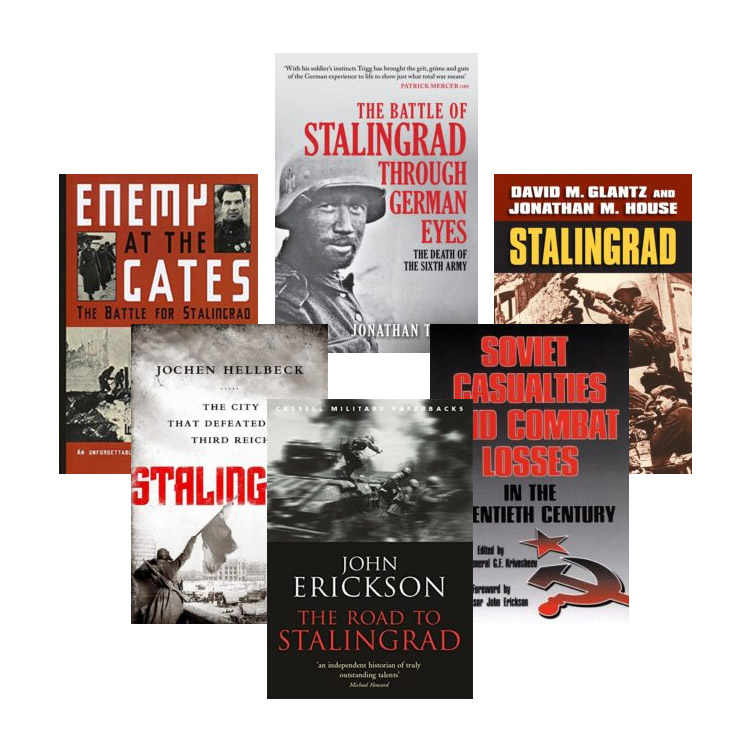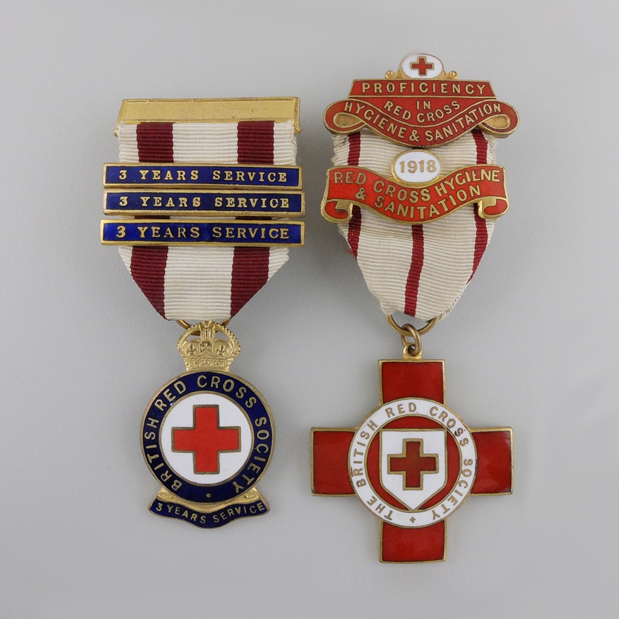During the early Middle Ages in Rus’, a practice emerged where the grivna, a neck bracelet crafted from precious metals, assumed a significant role as a form of reward. The grivna, beyond its ornamental function, became a tangible symbol of recognition and appreciation, bestowed upon individuals for various noteworthy achievements.
As Rus’ society evolved, the significance of the grivna as a reward grew, signifying not only material wealth but also status, honor, and distinction. Over time, the tradition of awarding the grivna contributed to the development of a structured system of honors and recognition within Rus’, laying the groundwork for the emergence of more formalized medal systems in later periods.
What is a Rus' Grivna?
In Kievan Rus‘, a multitude of necklaces were worn by its people, offering a diverse array of styles and materials. Among these adornments, men predominantly favored necklaces or torques known as “grivna.”
Crafted primarily from solid silver, though occasionally from other precious metals, grivna exhibited a variety of designs. Some were unadorned, while others featured intricate engravings or elaborate shapes. For men, the grivna held particular significance as a symbol of warriorhood, reflecting the wearer’s martial prowess and status within society.
The Evolution of the Grivna Into an Honors System
The evolution of the grivna into an honors system reflects a fascinating transformation in the societal norms and values of Kievan Rus’.
As Kievan Rus’ evolved and its societal structures became more complex, the significance of the grivna expanded beyond its ornamental function. It began to symbolize not only individual wealth and status but also honor and achievement. Warriors who demonstrated exceptional bravery or leadership in battle were often rewarded with intricately crafted grivna, signifying their valor and contributions to the community.
As the use of grivna as a reward became more widespread, it laid the groundwork for the development of a more formalized system of honors within Kievan Rus’. The practice of bestowing grivna upon individuals for noteworthy achievements became increasingly structured, with specific criteria and protocols for recognition established by rulers and leaders.
By the later stages of Kievan Rus’, the grivna had evolved into an established honors system, where individuals were recognized and rewarded for their service, loyalty, and contributions to the community.
The First Medals of the Russian Empire
In the late 17th century, Peter the Great laid the foundation for a formal system of honors and decorations. In 1698, for instance, he established Russia’s first order, the Order of St. Andrew, setting the stage for the subsequent development of the empire’s medal system. Then, during the reign of Catherine the Great, several new orders and decorations were established, including the Order of St. Catherine, the Order of St. Vladimir, and the Order of St. George.
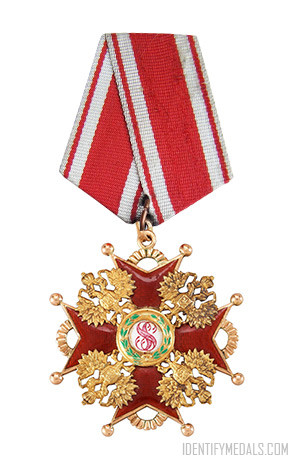
The Order of Saint Stanislaus
The Order of Saint Stanislaus is a Russian dynastic order of knighthood founded in 1765 by King Stanisław II Augustus.
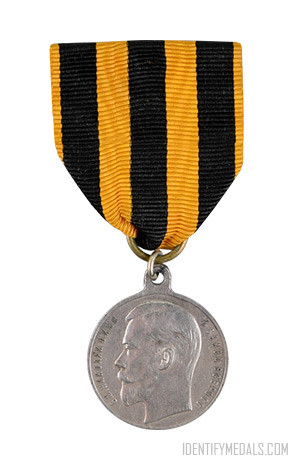
The Medal of St. George (Russia)
The Medal of St. George for Bravery was established in 1878 and awarded to non-commissioned officers, soldiers, and sailors for acts of valor.
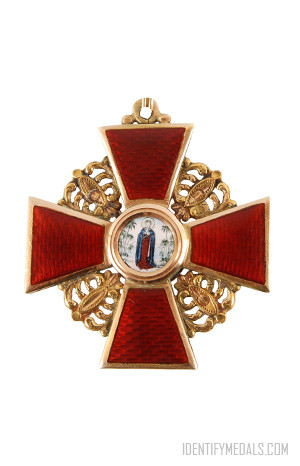
The Imperial Order of Saint Anna
The Order of Saint Anna is an Order established by Karl Friedrich in 1735 to honor his wife Anna Petrovna, daughter of Peter the Great.
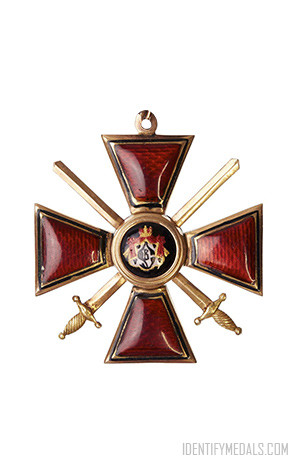
The Imperial Order of Saint Prince Vladimir
The Order of Saint Vladimir is an Imperial Russian order established by Empress Catherine II in memory of the deeds of Saint Vladimir.
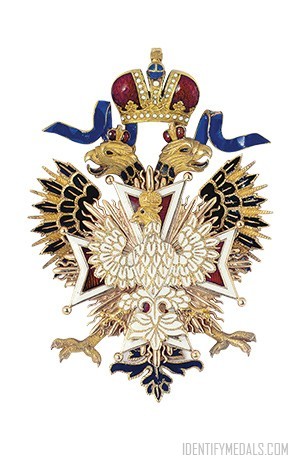
The Imperial Order of the White Eagle
The Order of the White Eagle (О рден Бе лого Орла) is an Imperial Russian Order established by Emperor Nicholas I of Russia in 1831.
From Dengis to Soldier Awards
Throughout the early centuries, particularly until the end of the 17th century, dengi also served as a common form of reward. Dengi, unlike conventional coins, were crafted from silver wire, imbuing them with a unique significance. These silver tokens became emblematic of honor and distinction, often bestowed upon individuals for acts of valor, loyalty, or exemplary service.
The use of dengi as a form of recognition paved the way for the development of a more standardized system of soldier awards. These dengi, with their intrinsic value and symbolic importance, became the prototype for the mass distribution of honors among military personnel.
However, it was towards the latter part of the 17th century that a significant shift occurred in the nature of these awards. The traditional silver dengi were replaced by a new form of recognition – the “gold” award. In this case, the term “gold” referred not only to the material but also to the esteemed status of the award itself.
These “gold” awards took the form of medals fashioned in the likeness of coins, bearing the distinguished image of the coat of arms of Moscow. This transition marked a pivotal moment in the evolution of the Russian honors system, as it introduced a more uniform and prestigious method of recognizing merit and service.
Conclusion
The evolution of the grivna into an honors system in Kievan Rus’ reflects the dynamic interplay between cultural traditions, societal norms, and evolving political structures. What began as a simple neck ornament gradually transformed into a symbol of honor and recognition, shaping the way individuals were valued and rewarded within their society.

